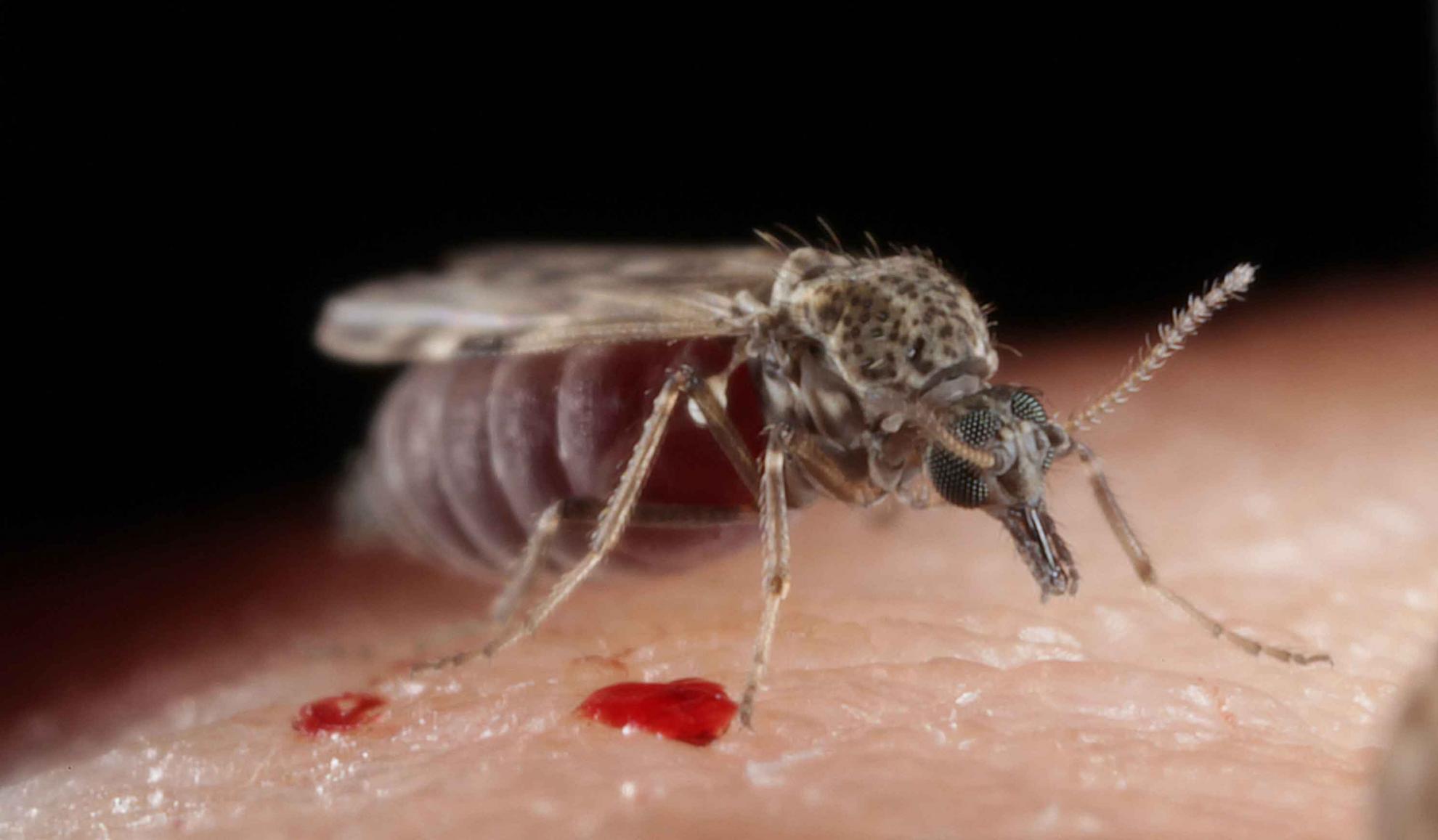Culicoides biting midges, arboviruses and public health in Europe
The emergence of multiple strains of bluetongue virus (BM and the recent discovery of Schmallenberg virus (SBV) in Europe have highlighted the fact that exotic Culicoides-borne arboviruses from remote geographic areas can enter and spread rapidly in this region. This review considers the potential for this phenomenon to impact on human health in Europe, by examining evidence of the role of Culicoides biting midges in the zoonotic transmission and person-to-person spread of arboviruses worldwide. To date, the only arbovirus identified as being primarily transmitted by Culicoides to and between humans is Oropouche virus (OROV). This member of the genus Orthobunyavirus causes major epidemics of febrile illness in human populations of South and Central America and the Caribbean. We examine factors promoting sustained outbreaks of OROV in Brazil from an entomological perspective and assess aspects of the epidemiology of this arbovirus that are currently poorly understood, but may influence the risk of incursion into Europe. We then review the secondary and rarely reported role of Culicoides in the transmission of high-profile zoonotic infections, while critically reviewing evidence of this phenomenon in endemic transmission and place this in context with the presence of other potential vector groups in Europe. Scenarios for the incursions of Culicoides-borne human-to-human transmitted and zoonotic arboviruses are then discussed, along with control measures that could be employed to reduce their impact. These measures are placed in the context of legislative measures used during current and ongoing outbreaks of Culicoides-borne arboviruses in Europe, involving both veterinary and public health sectors.
Back to publications

